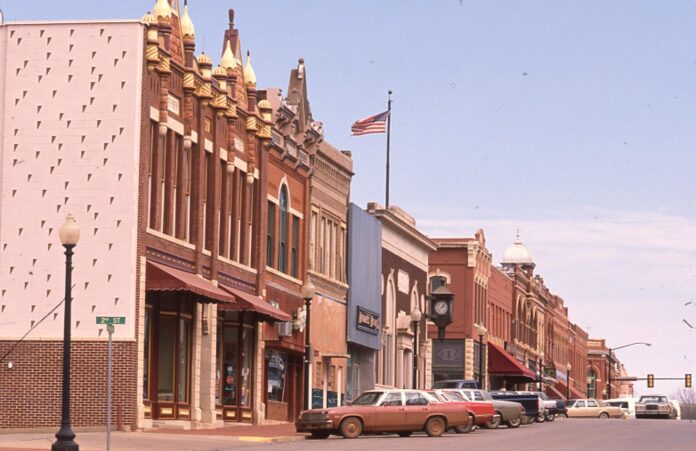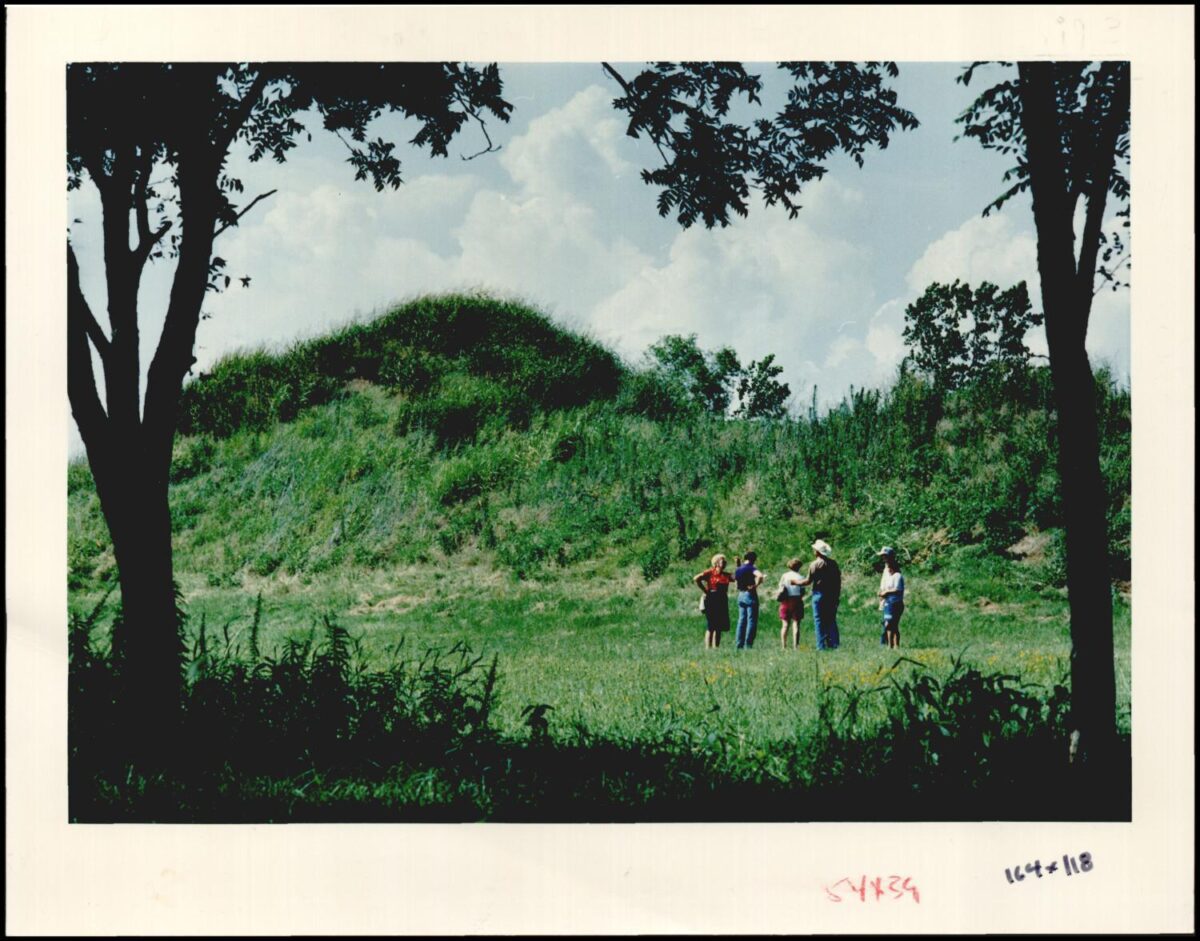
Many people have heard of the National Register of Historic Places, but may not fully understand what, exactly, it is. Most also do not realize that anyone can make suggestions and help get sites added to this prestigious list.
“We love working with the public and always welcome any input, suggestions or general questions about historically significant resources in our state,” says Michael Mayes, National Register coordinator with the State Historic Preservation Office (SHPO), a division of the Oklahoma Historical Society.
According to the National Park Service, which administers the list, the National Register of Historic Places is the official list of the nation’s historic places worthy of preservation. This effort to preserve U.S. history began with the Congressional Antiquities Act in 1906 and became what it is today through the 1966 National Historic Preservation Act.
“The National Historic Preservation Act of 1966 acknowledged the importance of protecting our national heritage from federal development,” says Mayes.

Mayes describes how the loss of Penn Station in New York City was a catalyst for the passage of the Act. Despite public support to save the early 20th-century masterpiece of the Beaux-Arts architectural style, the station was demolished in 1962 due to the lack of federally regulated guidelines for its protection.
As of the end of 2024, there are 99,000 properties on the national list, with 1,430 districts, buildings, sites, structures and objects in Oklahoma. Inclusion on the list provides some limited protection and potential eligibility for funding options, but perhaps the most important benefit is the recognition of the site’s historical significance.
“Anyone can submit a nomination for any property to the State Historic Preservation Office,” says Mayes. However, SHPO recommends contacting their office initially to conduct a preliminary determination of eligibility before beginning the nomination process.
To be eligible, a site must meet the National Register’s criteria for evaluation, which is initially discussed by either the property’s certified local government or, for sites on tribal lands or reservations, the Tribal Historic Preservation Officer and the Oklahoma Historic Preservation Review Committee. This committee, appointed by the governor, consists of experts in the subjects of historic archeology, prehistoric archeology, history, architectural history or architecture. Once the SHPO has signed the nomination, it goes to the National Parks Service for consideration.
When a site is officially added to the national register, the SHPO updates the state list on its website and sends out information. For anyone interested in the latest about historic preservation in our state, check out the Oklahoma Historical Society website and its publications.
A Handful of Oklahoma National Register Landmarks:
• Spiro Mound Group – LeFlore County
• Guthrie Historic District – Logan County
• Honey Springs Battlefield Site – Muskogee County
• Cain’s Ballroom – Tulsa County
• Eva Wood Frame Grain Elevator – Texas County
• Bacone College Historic District – Muskogee County
• Prairie House – Cleveland County
• Chisholm Springs Springhouse – Pottawatomie County






















